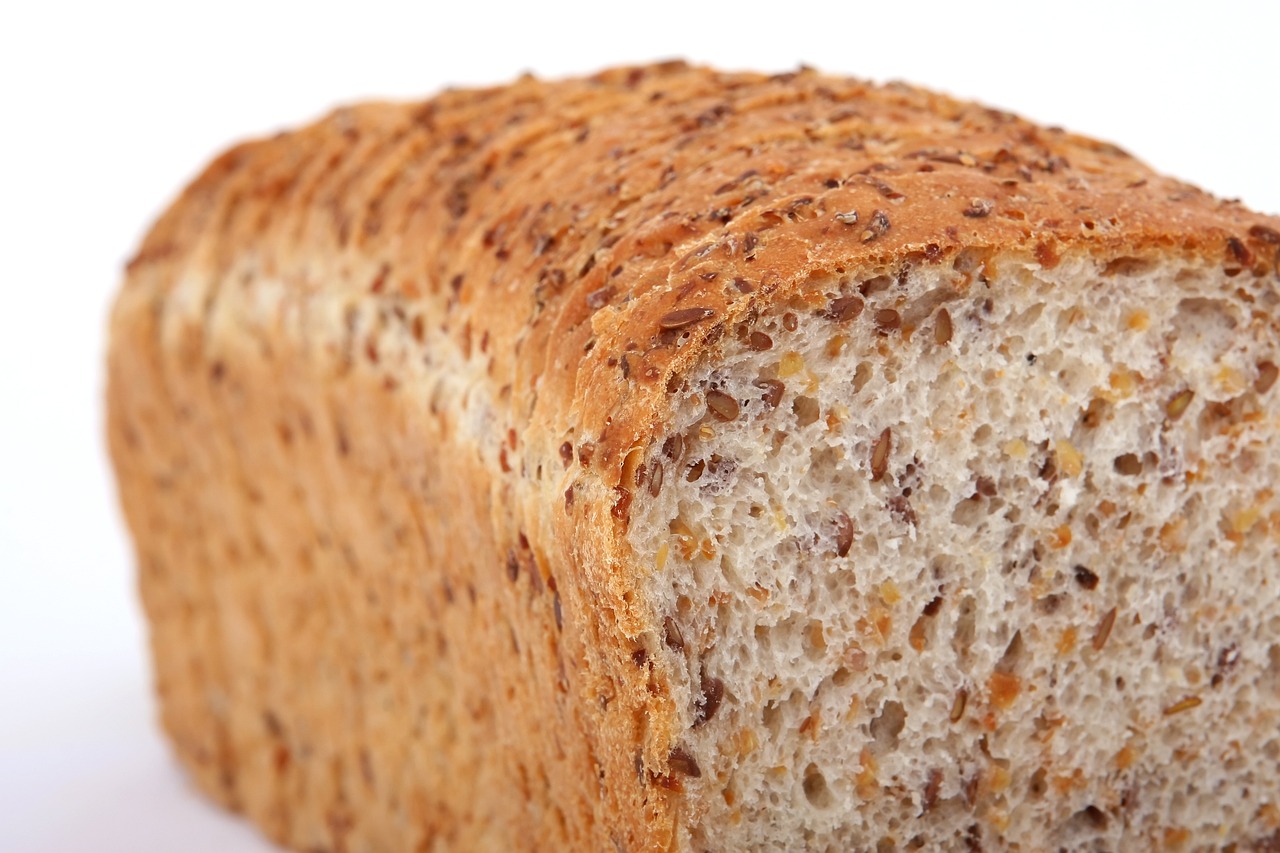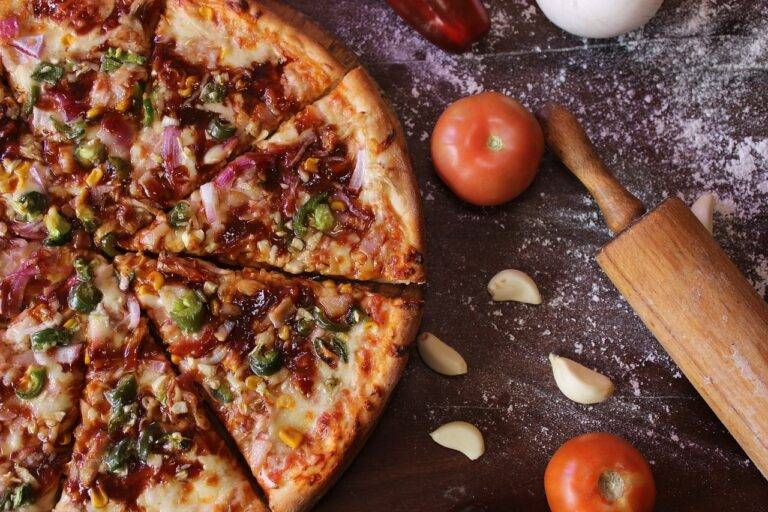The Evolution of Food Delivery Services: From Takeout to Tech-Driven Solutions
As technology advances, the integration of artificial intelligence in food delivery services is set to revolutionize the industry. AI-powered systems will enhance efficiency in order processing, food preparation, and delivery logistics. This will lead to faster delivery times and improved accuracy in order fulfillment, ultimately providing a more seamless experience for customers.
The rise of eco-conscious consumers is driving food delivery services to prioritize sustainable practices. In response to this demand, expect to see more eco-friendly packaging options, electric delivery vehicles, and initiatives to reduce food waste. By incorporating sustainable strategies into their operations, food delivery companies can attract a new segment of environmentally conscious customers and contribute to a greener future.
What are some emerging trends in food delivery services?
Some emerging trends in food delivery services include the use of drones for delivery, personalized meal kits, and the rise of ghost kitchens.
How are food delivery services incorporating sustainability?
Food delivery services are starting to prioritize sustainability by using eco-friendly packaging, partnering with local farms, and offering plant-based options.
Will virtual restaurants become more popular in the future?
Virtual restaurants, also known as ghost kitchens, are expected to become more popular in the future as they allow for lower costs and increased flexibility for chefs and restaurant owners.
How will technology continue to impact food delivery services?
Technology will continue to impact food delivery services by improving order accuracy, delivery times, and customer experience through the use of AI, machine learning, and data analytics.
What role will personalization play in the future of food delivery services?
Personalization will play a significant role in the future of food delivery services, with more companies offering customized meal options based on dietary preferences, allergies, and health goals.





